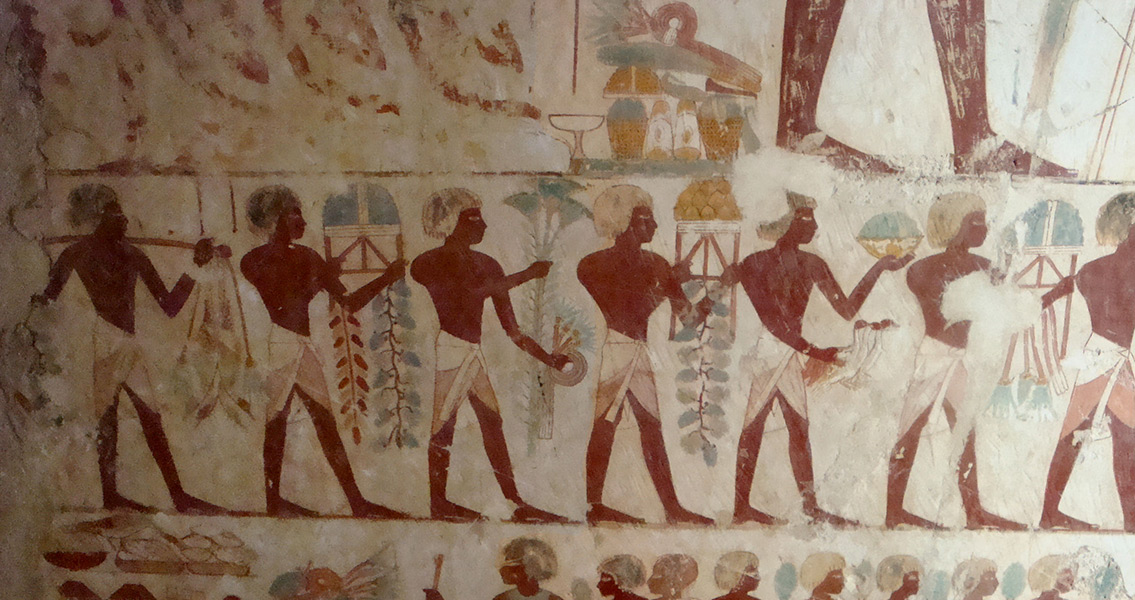<![CDATA[Archeologists working on the West Bank at Luxor unintentionally discovered the 3,000-year-old tomb of a man named Khonsu, who served as a scribe to Egyptian royals sometime around 1,200 BCE, during the Ramesside period. The t-shaped chamber, elaborately decorated with depictions of humans, gods and baboons, is located in a vast necropolis at Thebes. The research team, led by Professor Jiro Kondo, discovered the chamber while clearing debris away from the front of the tomb belonging to a man named Userhat, an Egyptian official who served Tutankhamun’s grandfather - Amenhotep III. What they found inside were walls full of detailed carvings and drawings. The north wall depicts the god Ra-Atum’s solar boat being worshiped by four baboons shown in the pose of adoration. Baboons, often associated with scribes, are thought to have been revered by ancient Egyptians and were commonly associated with science and wisdom. The prominent position of the carved baboons inside the tomb suggests they were held in high regard by the scribe. The southern wall of the newly discovered chamber shows Khonsu along with his wife worshiping the Egyptian gods Isis and Osiris. The depiction of baboons, which aren’t native to Egypt, has long been a mystery to historians, many of whom suspect the animals were imported from Nubia, an area which is now Sudan. The similarities between these carvings and previous findings confirms the primates were popular pets in Egypt as well as other regions of Africa. Additionally, the word baboon may have been derived from the god Baba, whom the earliest predynastic humans worshiped. Along with the Pharaohs, their wives, and their children, numerous high-ranking officials, many of whom played a key role in the everyday running of the government, are buried within the complex in Thebes. Scribes played a critical role in a society where they were the one group of people who knew how to read and write. Generally all male, scribes would also know basic mathematics, law and science. For example, it was scribes who calculated taxes and designed and documented construction projects. The role of scribe was hereditary, only the children of scribes could study to become one, and unlike everyone else, scribes were not required to work. To become a scribe, a son would spend an average of five years attending a school where they learned to read and write complicated hieratic and hieroglyphic scripts. Archaeologists have discovered dozens of statues, carvings and frescoes dedicated to scribes. Some of the most important scribes became godlike figures, and were worshiped after their death. Much of the information researchers have regarding the everyday life of ordinary Egyptians was provided by scribes, who often described the lives of ordinary people in their writings. Scientists are hopeful these newly discovered drawings and carvings will shed even more light on life in the time of the Pharaohs. Additionally, preparations are underway to gain access to the inner portion of the tomb, which is currently sealed with stone blocks. ]]>
Tomb of an Egyptian Scribe Accidentally Discovered in Luxor
